Cellulose microcrystalline

Cellulose microcrystalline structure
|
Common Name | Cellulose microcrystalline | ||
|---|---|---|---|---|
| CAS Number | 9004-34-6 | Molecular Weight | 160.255 | |
| Density | 0.9±0.1 g/cm3 | Boiling Point | 237.6±35.0 °C at 760 mmHg | |
| Molecular Formula | C6H10O5 | Melting Point | 260-270ºC | |
| MSDS | Chinese USA | Flash Point | 91.8±14.5 °C | |
Use of Cellulose microcrystallineCellulose can be used as an excipient. Pharmaceutical excipients, or pharmaceutical auxiliaries, refer to other chemical substances used in the pharmaceutical process other than pharmaceutical ingredients. Pharmaceutical excipients generally refer to inactive ingredients in pharmaceutical preparations, which can improve the stability, solubility and processability of pharmaceutical preparations. Pharmaceutical excipients also affect the absorption, distribution, metabolism, and elimination (ADME) processes of co-administered drugs[1]. |
| Name | (1→4)-β-D-glucan |
|---|---|
| Synonym | More Synonyms |
| Description | Cellulose can be used as an excipient. Pharmaceutical excipients, or pharmaceutical auxiliaries, refer to other chemical substances used in the pharmaceutical process other than pharmaceutical ingredients. Pharmaceutical excipients generally refer to inactive ingredients in pharmaceutical preparations, which can improve the stability, solubility and processability of pharmaceutical preparations. Pharmaceutical excipients also affect the absorption, distribution, metabolism, and elimination (ADME) processes of co-administered drugs[1]. |
|---|---|
| Related Catalog | |
| Target |
Human Endogenous Metabolite |
| References |
| Density | 0.9±0.1 g/cm3 |
|---|---|
| Boiling Point | 237.6±35.0 °C at 760 mmHg |
| Melting Point | 260-270ºC |
| Molecular Formula | C6H10O5 |
| Molecular Weight | 160.255 |
| Flash Point | 91.8±14.5 °C |
| Exact Mass | 160.125198 |
| LogP | 4.75 |
| Vapour Pressure | 0.1±0.2 mmHg at 25°C |
| Index of Refraction | 1.529 |
| InChIKey | GUBGYTABKSRVRQ-UHFFFAOYSA-N |
| SMILES | OCC1OC(OC2C(CO)OC(O)C(O)C2O)C(O)C(O)C1O |
| Stability | Stable. Combustible. Incompatible with strong oxidizing agents. |
| Water Solubility | insoluble | insoluble |
CHEMICAL IDENTIFICATION
HEALTH HAZARD DATAACUTE TOXICITY DATA
|
|
~% 
Cellulose micro... CAS#:9004-34-6 |
| Literature: Angewandte Chemie - International Edition, , vol. 46, # 12 p. 2063 - 2065 |
|
~15% 
Cellulose micro... CAS#:9004-34-6 |
| Literature: Journal of Molecular Catalysis B: Enzymatic, , vol. 67, # 3-4 p. 225 - 230 |
|
~% 
Cellulose micro... CAS#:9004-34-6 |
| Literature: Russian Journal of Applied Chemistry, , vol. 76, # 6 p. 989 - 996 |
| Precursor 3 | |
|---|---|
| DownStream 10 | |
| HS Code | 3912900000 |
|---|
|
Shape control of cellulose nanocrystals via compositional acid hydrolysis.
J. Biomed. Nanotechnol. 9(7) , 1293-8, (2013) The current medical technology has constantly demanded novel and advanced materials exhibiting the unique physicochemical properties but, at the same time, possessing the intrinsic biocompatibility. N... |
|
|
Lignin valorization: improving lignin processing in the biorefinery.
Science 344(6185) , 1246843, (2014) Research and development activities directed toward commercial production of cellulosic ethanol have created the opportunity to dramatically increase the transformation of lignin to value-added produc... |
|
|
Aspergillus niger β-glucosidase has a cellulase-like tadpole molecular shape: insights into glycoside hydrolase family 3 (GH3) β-glucosidase structure and function.
J. Biol. Chem. 288(46) , 32991-3005, (2013) Aspergillus niger is known to secrete large amounts of β-glucosidases, which have a variety of biotechnological and industrial applications. Here, we purified an A. niger β-glucosidase (AnBgl1) and co... |
| MFCD00081512 |
| Cellulose microcrystalline |
| Microcrystalline cellulose |
| 1H-Indene, 2,3-dihydro-2,4,7-trimethyl- |
| 2,4,7-Trimethylindane |
| (1->4)-beta-D-glucan |
| EINECS 232-674-9 |
| α-Cellulose |


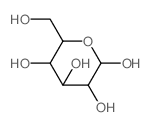
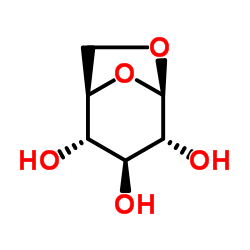 CAS#:498-07-7
CAS#:498-07-7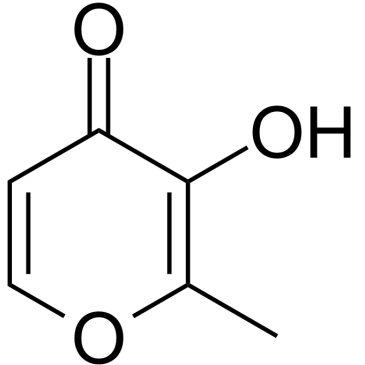 CAS#:118-71-8
CAS#:118-71-8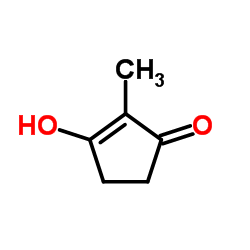 CAS#:80-71-7
CAS#:80-71-7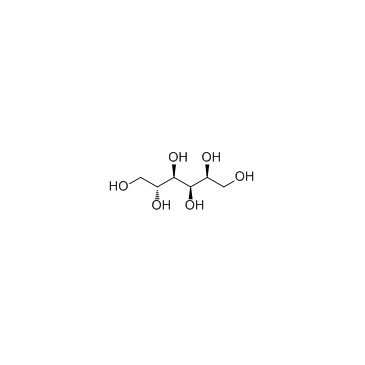 CAS#:50-70-4
CAS#:50-70-4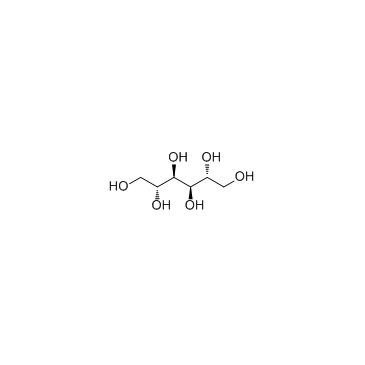 CAS#:69-65-8
CAS#:69-65-8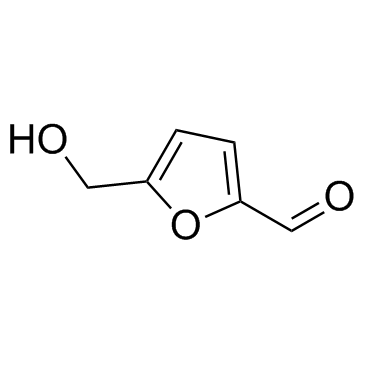 CAS#:67-47-0
CAS#:67-47-0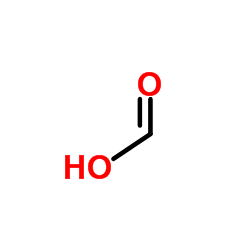 CAS#:64-18-6
CAS#:64-18-6 CAS#:57-48-7
CAS#:57-48-7 CAS#:3458-28-4
CAS#:3458-28-4
